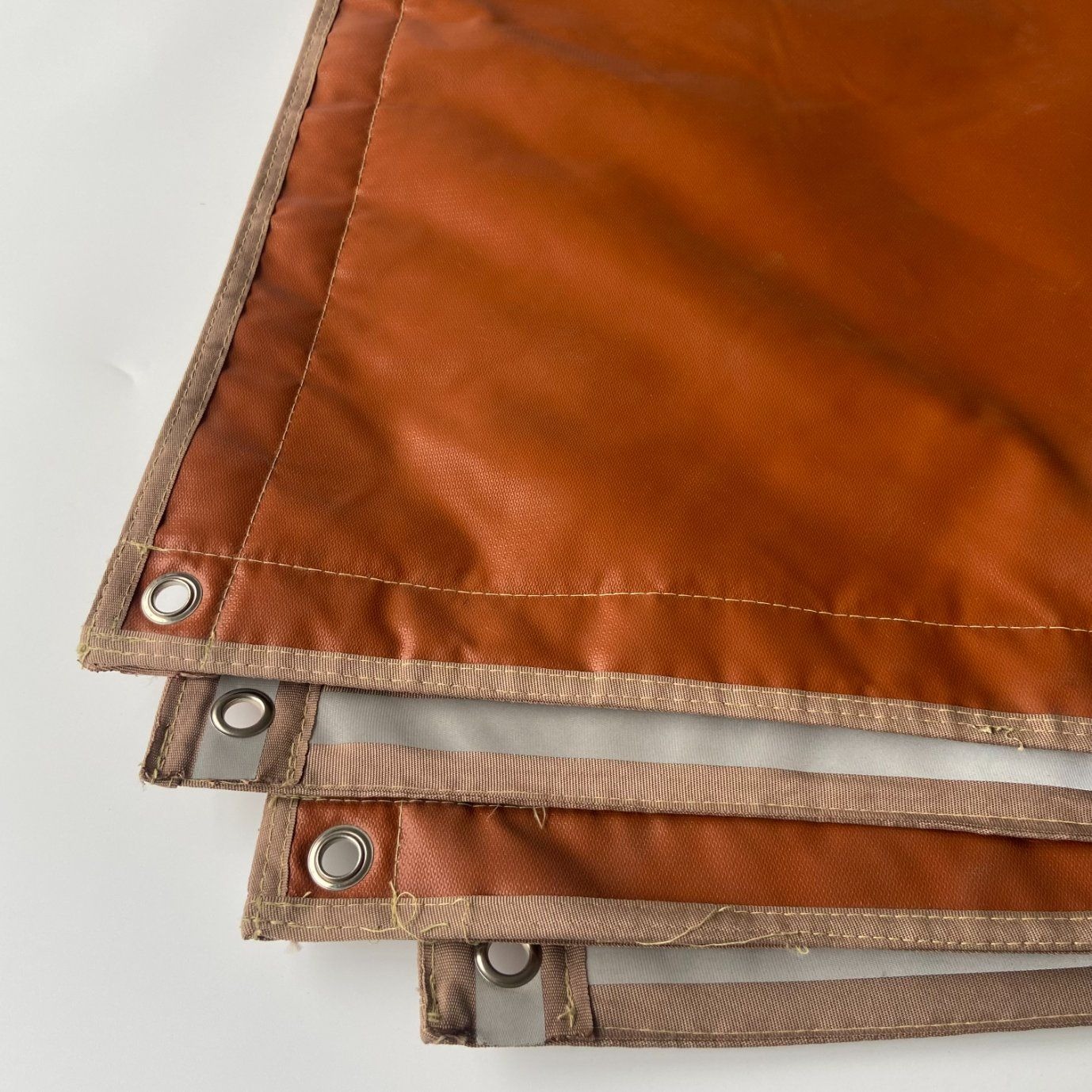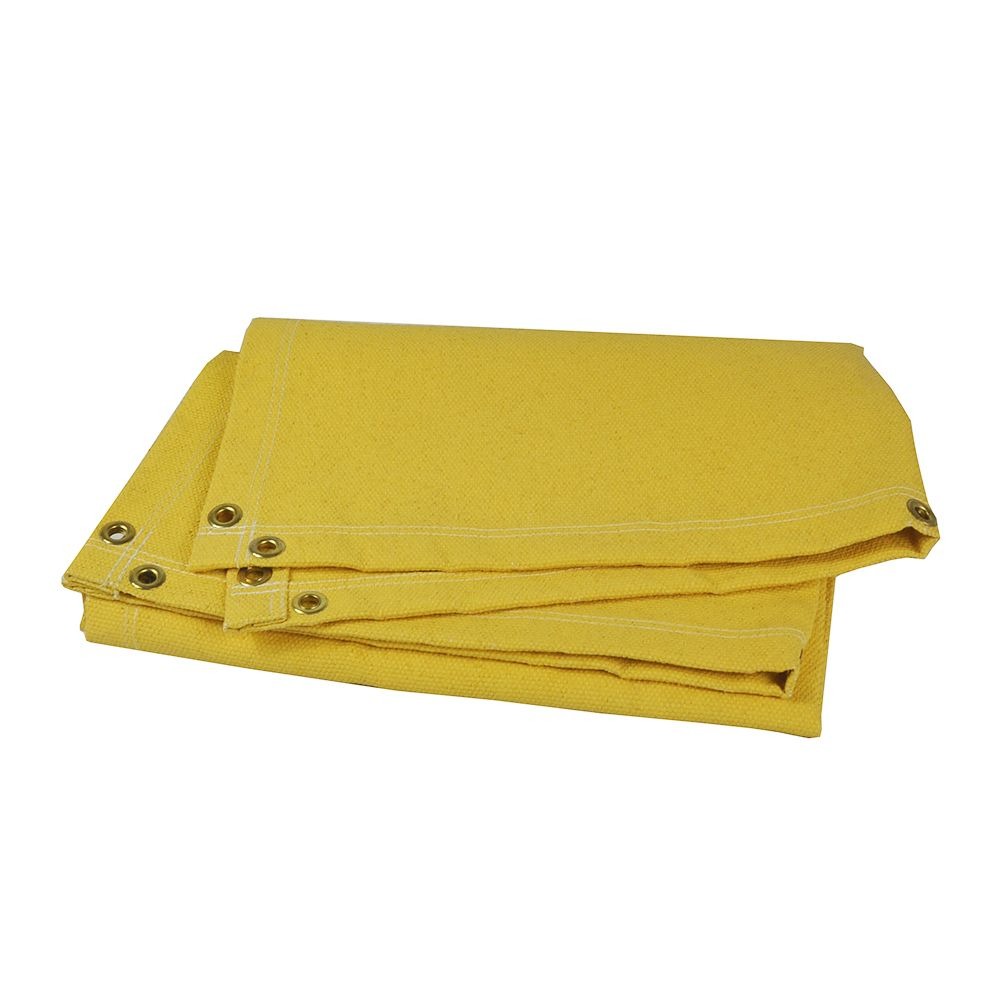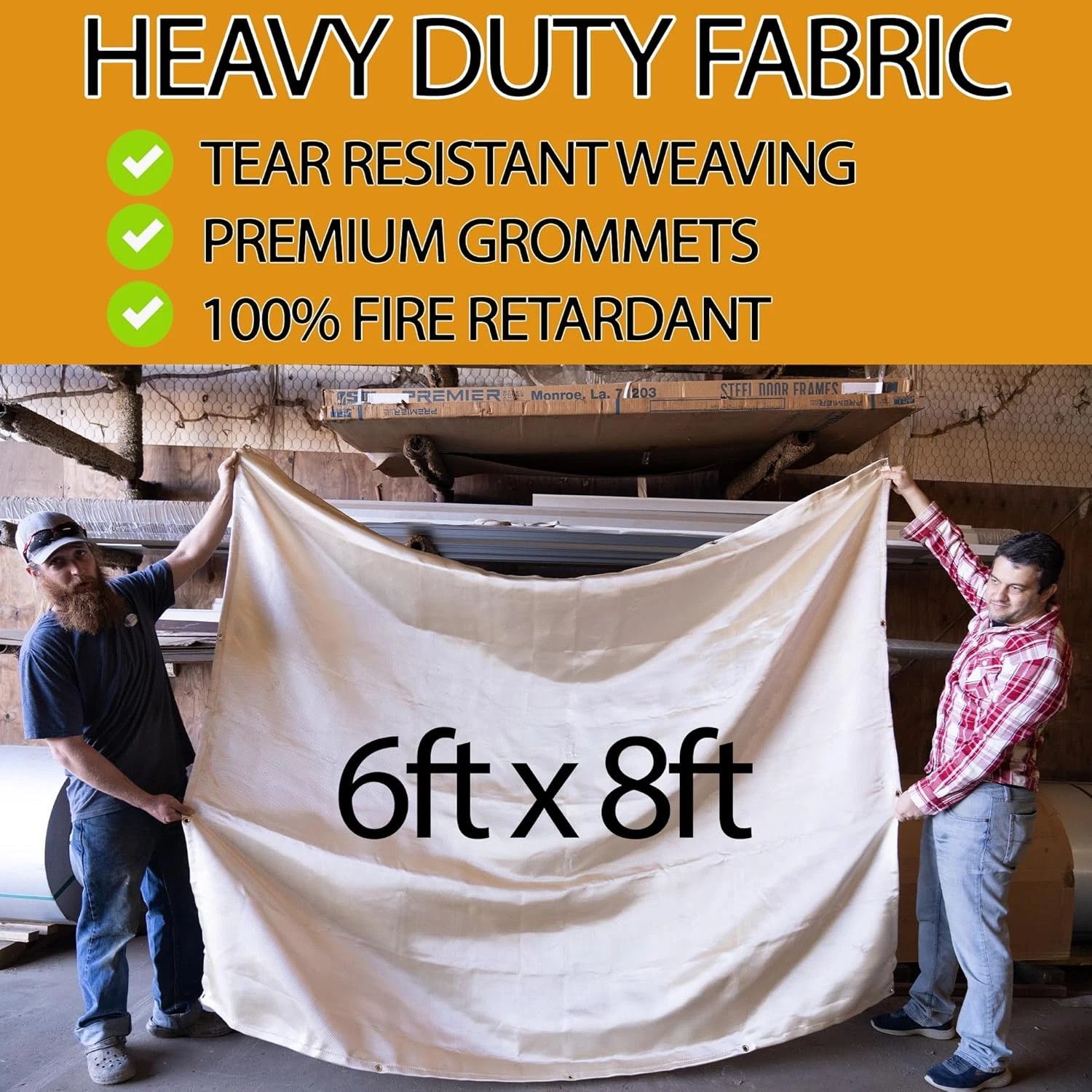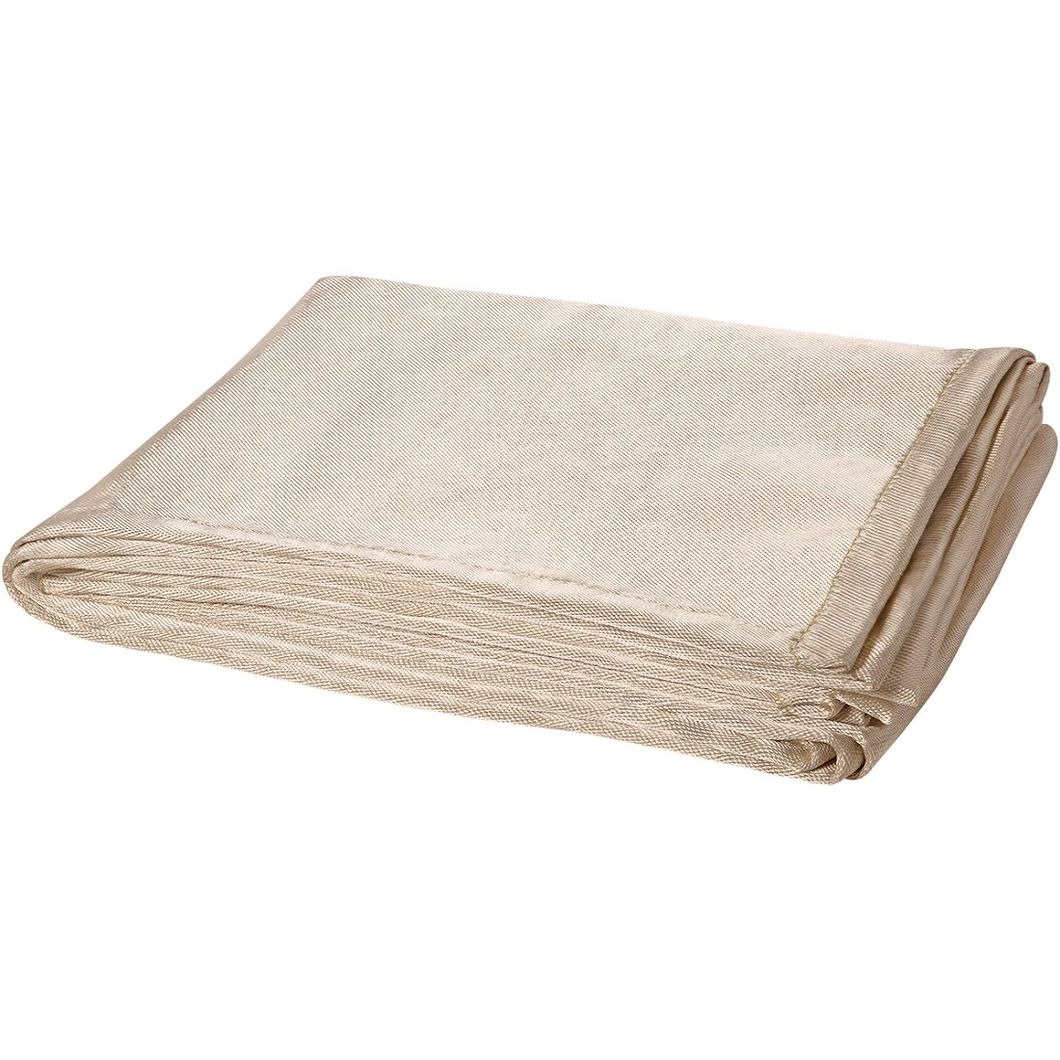Fire Rated Insulation Blanket: Safety & Performance Guide
Summary:Fire rated insulation blankets protect against extreme heat and flames. They're used in industrial, construction, and home applications. This guide explains their materials, ratings, uses, and how to choose the right one for your needs.
What Is a Fire Rated Insulation Blanket?
Fire rated insulation blankets are specialized protective materials designed to resist high temperatures and prevent fire spread. Unlike regular insulation, these blankets meet strict safety standards and can withstand temperatures from 500°F to 3000°F (260°C to 1650°C) depending on their rating.
Key Materials and Construction
High-quality fire rated insulation blankets typically use:
- Fiberglass with high-temperature coatings
- Ceramic fiber materials
- Silica-based fabrics
- Vermiculite-coated substrates
These materials are layered and stitched with fire-resistant threads to create flexible yet durable protection. Some advanced versions include aluminum foil facings for additional heat reflection.
Understanding Fire Ratings
When selecting a fire rated insulation blanket, you'll encounter these key standards:
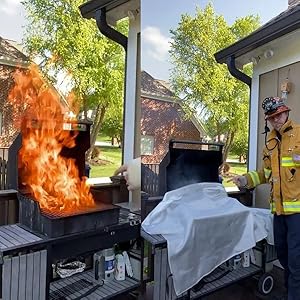
- ASTM E84:Measures surface burning characteristics
- UL 94:Evaluates flammability of plastic materials
- NFPA 701:Tests flame propagation in textiles
Higher ratings mean better protection. For most industrial applications, you'll want blankets rated for at least 1000°F continuous exposure.
Common Applications
Fire rated insulation blankets serve critical roles in:
- Industrial:Protecting pipes, valves, and equipment in refineries
- Construction:Fireproofing structural elements during hot work
- Automotive:Shielding components in race cars and high-performance vehicles
- Home Safety:Creating fire barriers around fireplaces and furnaces
Choosing the Right Blanket
Consider these factors when selecting your fire rated insulation blanket:
- Temperature range:Match it to your maximum expected heat exposure
- Thickness:Thicker blankets offer better insulation but less flexibility
- Size and shape:Ensure proper coverage for your application
- Chemical resistance:Important for industrial environments
- Certifications:Look for third-party tested products
Installation and Maintenance Tips
To get the most from your fire rated insulation blanket:
- Clean surfaces before installation
- Use proper fasteners (usually stainless steel)
- Inspect regularly for damage or wear
- Replace if you notice significant deterioration
- Store properly when not in use
Safety Considerations
While fire rated insulation blankets provide excellent protection, remember:
- They're not indestructible - respect their temperature limits
- Proper installation is crucial for effectiveness
- Combine with other fire safety measures for complete protection
- Always follow manufacturer guidelines
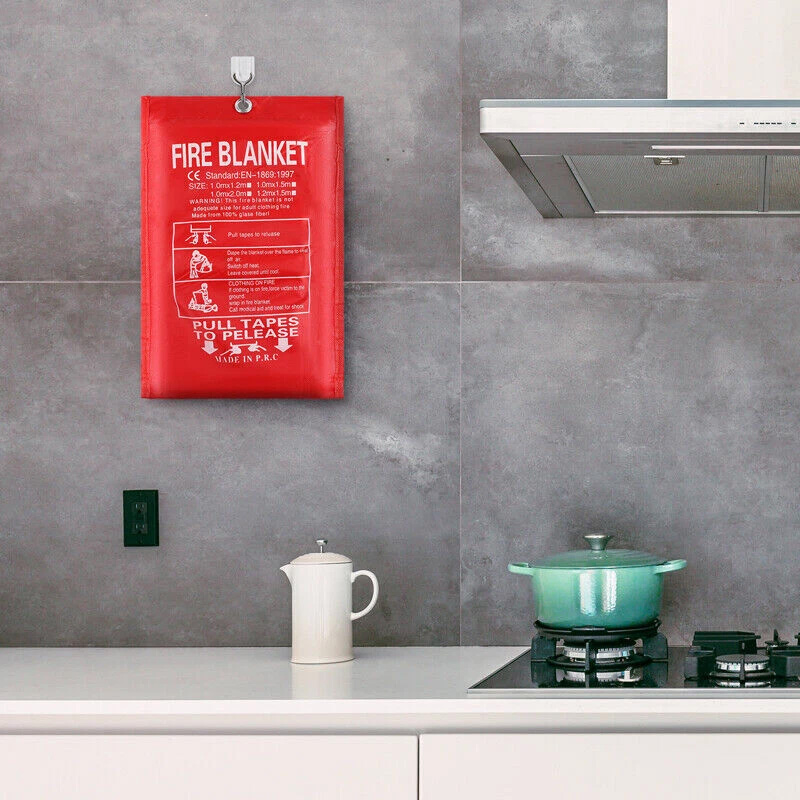
Cost vs. Performance
Higher-rated blankets cost more but provide better protection. For critical applications, invest in the highest rating you can afford. For temporary use, more economical options may suffice. Always balance safety requirements with budget constraints.
Future Developments
New fire rated insulation blanket technologies emerging include:
- Nanotechnology-enhanced materials
- Self-healing coatings
- Smart blankets with temperature sensors
- More eco-friendly formulations
These innovations promise even better protection with lighter weight and greater flexibility.
By understanding fire rated insulation blankets, you can make informed decisions to protect your property and personnel from fire hazards effectively.


